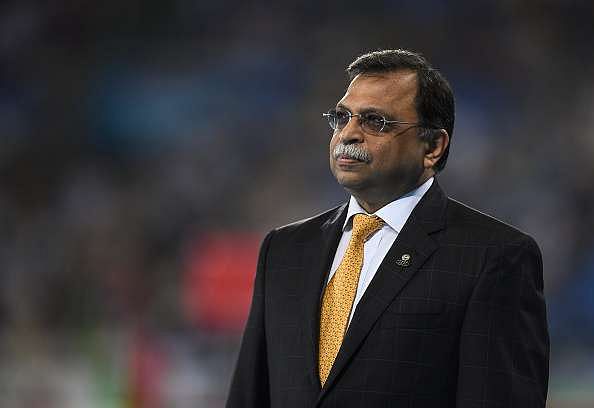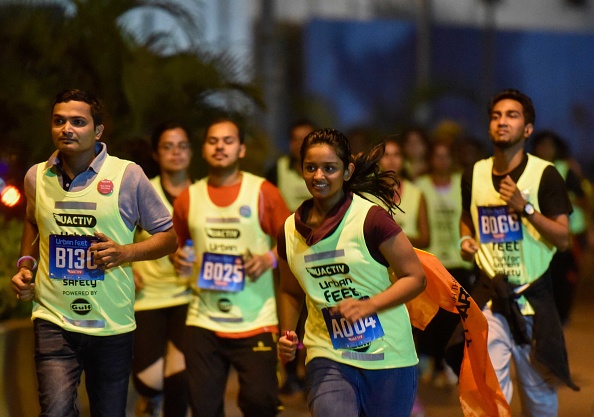
With 1.2 billion people in India even 300 races are not enough, opines AFI president, Adille Sumariwalla
On the sidelines of the Standard Chartered Mumbai Marathon, Sportskeeda got in touch with Athletics Federation of India president, Adille Sumariwalla. The man, who himself is a former Olympian and member of the prestigious governing council of the IAAF, threw light on long distance running in India, the future of the sport, and other aspects including coaching, grass-root programmes, and a lot more.
Here are a few excerpts from the interview:
According to you, what is the future of distance running in India?
As far as the Indian physique goes, it is very good for middle and long distance running. It may not be as good for 100m or sprint running. Going by the history books, looking at the Asian Games and Olympics, our middle and long distance runners have done well, and therefore, I think these are some events that we need to really concentrate on in the capacity of AFI.
Is the coaching pattern still a concern for India? What is the way forward in that regard?
There are two things with respect to that, one is to broad-base the Indian coaches and the second is to recruit or import the services of foreign coaches until the time we can actually broad-base.
If we consider our long distance running coach Nikolai, he has brought forth some impeccable performances from our athletes right from the 2010 Commonwealth Games to the Asian Games and quite recently, the Olympics.
My dream nonetheless is that India should be at a stage where we don’t need to import one Nikolai but where we can by ourselves produce twenty Nikolai’s! Moreover, the IAAF is also helping us, they are sending down people to train our coaches. We want to get rid of the dependency on foreign coaches.
We have a whole programme with Sports Authority of India that will start in January. So when somebody passes the NIS degree, along with it, he or she will get the IAAF coaching diploma too. They all will be level 1, level 2, level 3 coaches when they graduate.
Why don’t we send an increasing number of Indian athletes to compete in world-renowned marathons for that will definitely bring about an improvement in their performances?
The AFI has always been open to that, and in fact, in the past, we have sent our athletes to compete at global platforms. But the major issue arises when, at a point of time, the athletes are themselves preparing for a certain event or championship and it clashes with the marathon in terms of schedule, which makes it difficult for them to prep for those races and hence they avoid participation in such cases.
For instance, last year for the New York marathon, the AFI sent the men but the women were unable to compete due to some other event at the same time. When it comes to the AFI, the athletes come first, and neither the organisers nor any other authority can change that principle rule.
What do you think has been the most concrete effort in tapping talent at the grass-root level?
The flagship hunt which has been underway for the past 14 years in the form of the National Inter-District Junior Athletics Meet is akin to the epicentre of talent, wherein athletes from all districts across India compete at the national level in the Under-14 and Under-16 categories.
This year itself, in the last edition at Vizag, we saw 4000 young athletes turn up for the meet, which is a testament to the effectiveness of a grass-root level programme.
What are the main obstacles that hamper an athlete’s progress going forward? Why do we not see many make the cut at the senior level?
When it comes to young kids, the main problem that we encounter, especially in the urban areas, is that as soon as the athlete enters the 10th or 12th grade, everyone around him or her starts focussing increasingly on academics, getting into colleges, and pursuing medical or engineering degrees, as a result of which athletics is then sidelined.
As for the seniors, once they take up the sport, the AFI does all that it can to support their cause from training to participation, in all aspects.
With major marathons being held in most metro cities, and other running events happening across the nation, is it fair to say that India is embarking on a running revolution?
We could say that, but the fact remains that with a population of 1.2 billion people even 300 small and big races are a wee-bit too less. Hence, I definitely do see it as a positive step, a step in the right direction.
Fifteen years ago, there were only 3 to 5 big races, but today there are over 300 small and big runs registered on the website. It’s a whole movement for us rather than a revolution at this stage. That’s more important because that’s where sporting culture gets built, more people come into the sport and we will have more winners.

